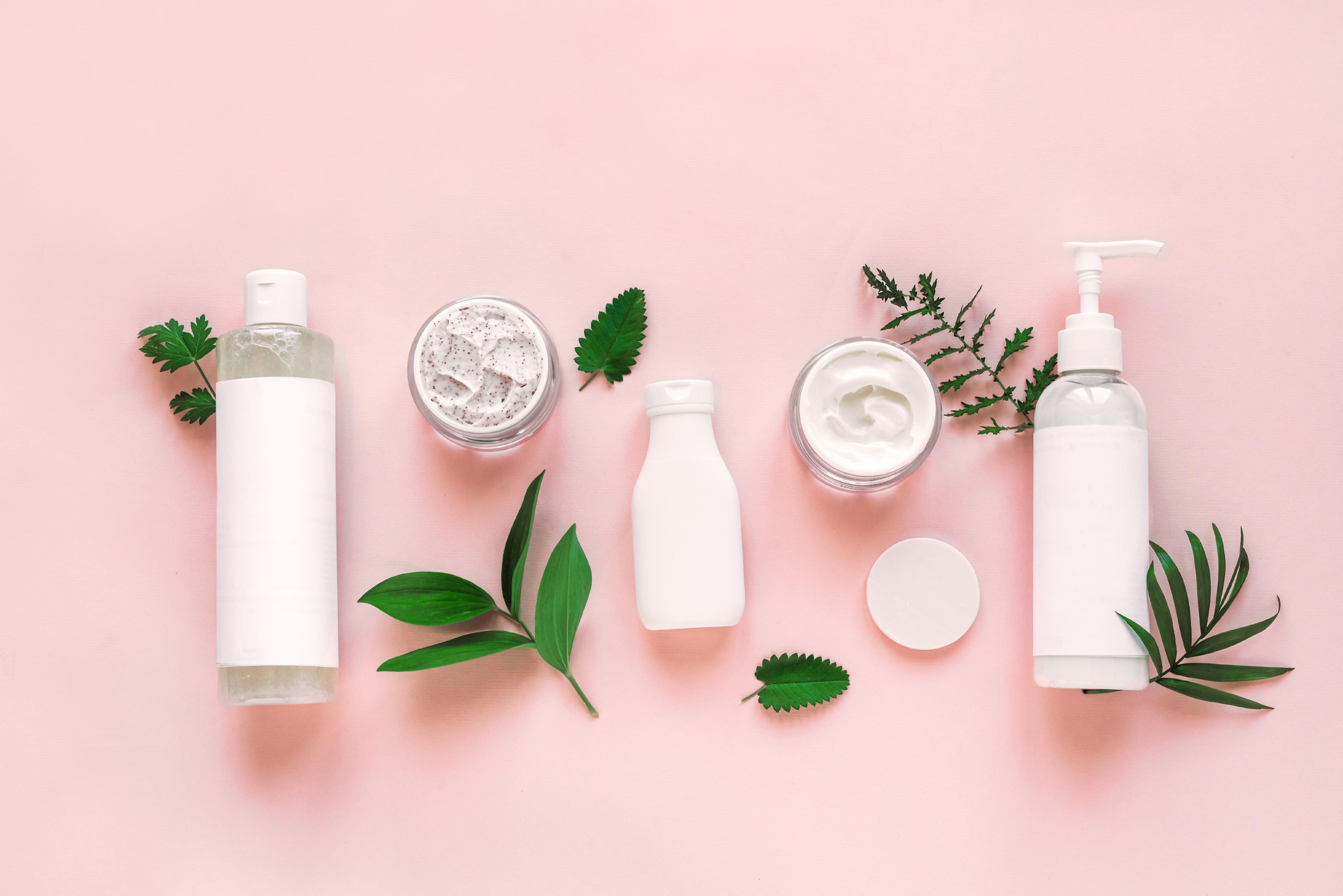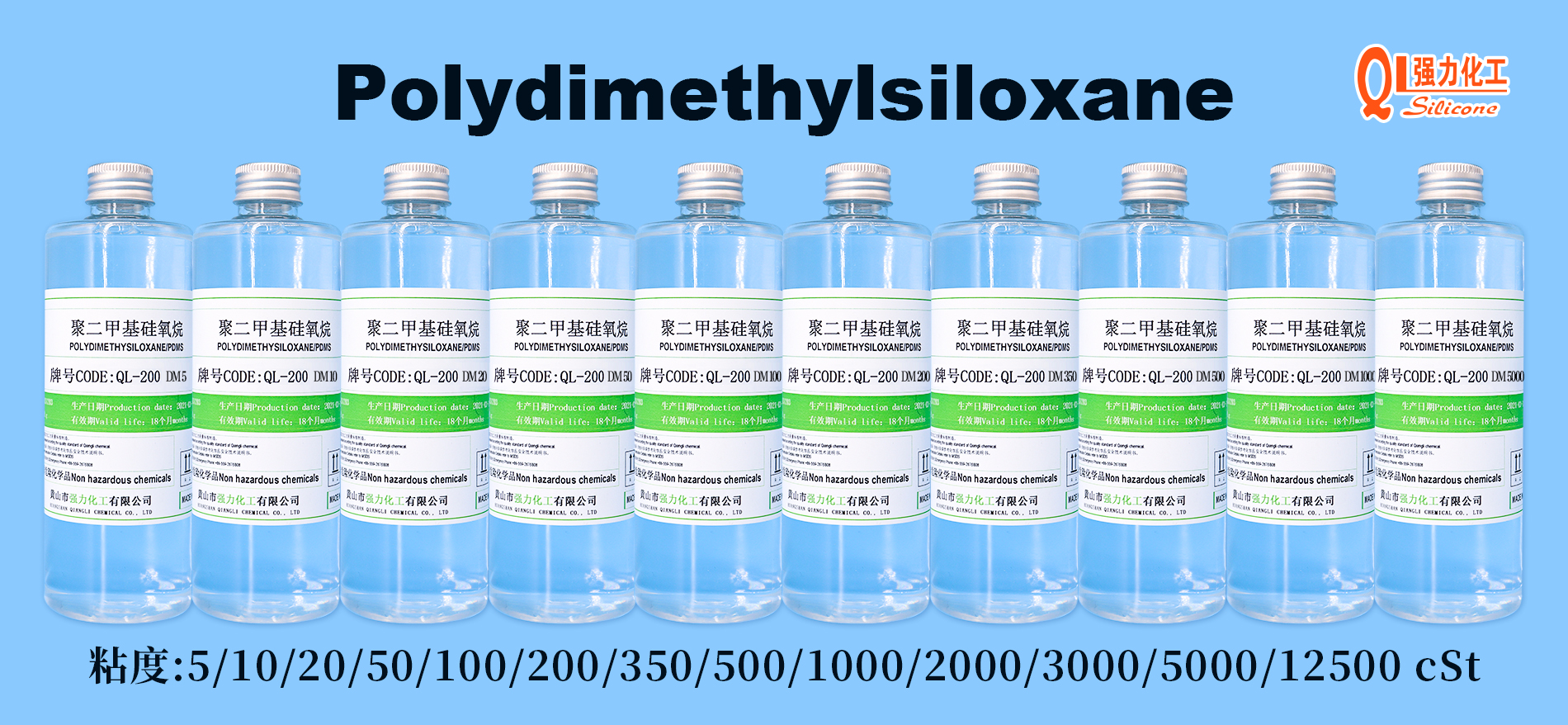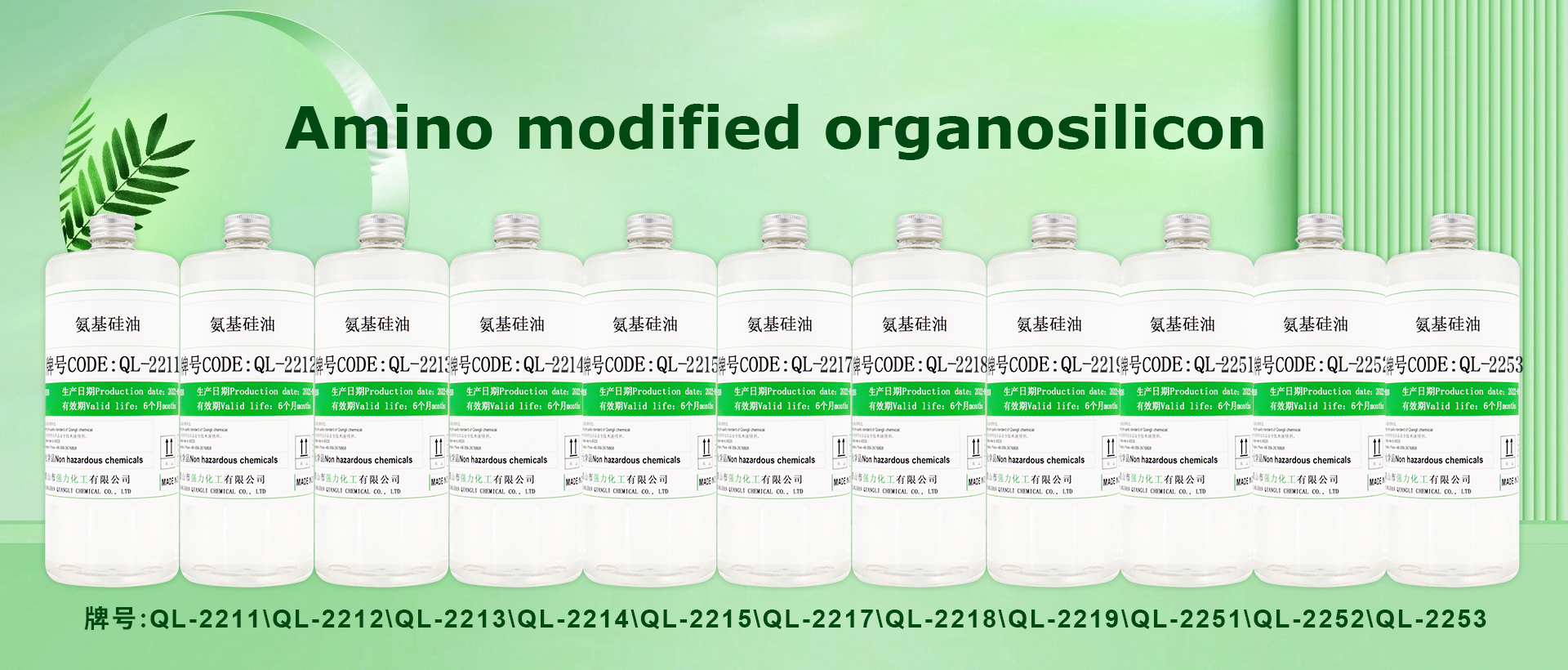Silicone has the unique properties of being compatible with the skin, having good compatibility with the substrate, being hydrophobic and breathable, being resistant to chemical corrosion, and being moist but not greasy. Therefore, it is widely used in almost all cosmetics such as skin care products, hair care products, baby products, beauty cosmetics, and antiperspirants, deodorants, and sunscreen products for the body, becoming a multifunctional component in cosmetics. While retaining its original properties, cosmetics containing silicone can greatly enhance its lubrication, breathability, softness, antistatic, film-forming, smoothness, mildew resistance, antifouling, and radiation resistance, so that the cosmetics can remain on the surface of the skin or where they are applied for a longer time. In addition, it can also be used in the manufacture of cosmetics to eliminate mixed air and unnecessary bubbles, making the cosmetics themselves smooth and soft.
As a new cosmetic component, silicone will play an immeasurable role in improving the quality of cosmetics, enhancing the performance of use and developing new products by utilizing its uniqueness, and can multiply the value of cosmetics.
The main types of silicone used in cosmetics are:
1. Silicone as oil
(1) Polydimethylpolysiloxane: The most widely used silicone as oil is polydimethylpolysiloxane (PDMS) with a lower viscosity. The purpose of adding it is to suppress the greasy feeling of the oil to the greatest extent, to have a smooth and comfortable feeling, and to help other cosmetic ingredients spread on the skin and hair. It can be widely used in hand and body lotions or creams, lipsticks, various skin care products, sunscreens, shaving creams, mousses, foundation liquids and hair products. Polydimethylsiloxane mainly plays the role of lubrication, UV protection, moisturizing and improving skin feel in cosmetics. Lubricity: Polydimethylsiloxane can enhance the lubricity of skin care products, keep the skin smooth and refreshing, and has good permeability, can improve the stickiness, and avoid whitening after skin care products are applied. Anti-ultraviolet: Skin care products with polydimethylsiloxane can play an anti-ultraviolet role and protect the skin from ultraviolet damage. Moisturizing effect: Polydimethylsiloxane has good moisturizing properties, can keep the skin fresh while moisturizing, and will not make the skin sticky. Improve skin feel: Polydimethylsiloxane can smooth the skin feel, improve the stickiness, and avoid whitening after skin care products are applied. It has the effect of filling fine lines, forming matte, and improving appearance. In addition, polydimethylsiloxane also has good air permeability and obvious dustproof function. It is used to replace traditional oil raw materials in cosmetics to make the hair surface smoother, bringing soft, strong, easy to comb and shiny effects. It should be noted that some people may have allergic reactions to polydimethylsiloxane. It is recommended to conduct skin tests or consult professionals before using skin care products containing this ingredient.

(2) Polymethylphenylsiloxane: Easy to prepare, it is a common additive in creams, lotions and sunscreen products. It can be used in hair sprays, shampoos, skin protectants, shaving pre-washes, and hair care products. Vitamins, sunscreens, etc.
(3) Cyclic dimethylsiloxane: It has an appropriate evaporation speed. When evaporating, the skin does not feel cold and leaves no residue. It can be used as a base oil or temporary carrier, such as oily foundation, hair conditioner, and nail polish. , eye beauty products, etc., and can also be used for sweat removal, deodorants, deodorants, hair sprays, hair decoration products, hair cream detergents, sunscreen products, deodorants, etc.
(4) Octadecyltrimethylsiloxane: It has the characteristics of wax, has a low melting point, melts quickly under the skin, and can leave a smooth and soft film. It can be used to prepare various solid, semi-solid and liquid cosmetics. As well as lipsticks, lipsticks, skin creams, ointments, hair conditioners, etc.
(5) Modified silicone oil: Polyether modified silicone oil is used in shampoos, which can significantly improve the combability of dry and wet hair, and prevent hair from getting tangled; it is used in skin care lotions to have lubricity and moisturizing properties.
1) Amino-modified silicone oil has excellent adhesion and washing resistance to hair, improves combability, and promotes drying effect. It is an excellent hair care and hairdressing product and is mainly used to prepare various shampoos.
2) Silicones with film-forming capabilities use resinous and rubbery silicones that are easily soluble in cyclic silicones or volatile solvents of hydrocarbons. This solution is applied to the substrate and then dried to form a film, and Produces a film that is non-sticky, does not transfer even on contact, and is water-resistant and hydrophobic.
3) Silicones as surfactants such as polyether-modified silicone oil, polyether-alkyl modified silicone oil, cationic quaternary ammonium salt-modified silicone, anionic sulfonate-modified and amphoteric betaine-modified silicone and other surfactants.
4) Silicone betaine surfactants and polyether modified silicone oils with the ability to reduce irritation can reduce the irritation of the components to the skin and eyes when mixed with other cosmetic components.
5) Silicone as a powder treatment agent can be coated with silicone resin on the surface of animal, plant and mineral powders to impart lubricity to the powder; simply mixing hydrogen-containing silicone oil on mineral powders such as titanium can impart hydrophobicity to the powder. ; Dissolving PDMS or hydrogen-containing silicone oil in an organic solvent and then contacting titanium powder, and adding zinc catalysts can give the powder free flowability; using alkyl polysiloxane and ester compounds together to coat titanium dioxide can improve the quality of the powder Dust resistance and dispersibility: The powder surface is treated with high molecular weight PDMS to give the powder hydrophobicity and durability. It also has less makeup collapse, good makeup surface, good adhesion to the skin, and moderate stickiness.
6) Silicone with cleansing ability. The silicone-containing polysiloxane elastomer spherical powder developed in Japan has a higher absorption capacity than previous powders. Cleansing cosmetics containing this powder can overcome the problems of previous cleansing cosmetics. Disadvantages: It is not irritating to the skin when applied, improves lubricity, changes the contact with the skin from point contact to surface contact, has good removal effect of organic pollutants, and improves the cleaning effect.
Application of silicone in cosmetics

The surface activity of modified polysiloxane in water or oil phase depends on the type and number of modified groups. Oil-soluble polysiloxane can improve the diffusion capacity of oil and paraffin, and can be directly applied to the formulation of cosmetics and skin care products: modified hydrophilic polysiloxane is mainly used in the formulation of shampoo and foam solution. In addition to the above-mentioned silicone surfactants, chain alkyl modified polysiloxane, polysiloxane sulfonic acid, polysiloxane thiosulfate and aminosiloxane have also been used in cosmetics. The role of polysiloxane surfactants in daily cosmetics is becoming more and more prominent, becoming a category of products that is developing rapidly and worthy of attention. Cationic, anionic or non-ionic silicone microemulsions can be used to produce cosmetics.
This article is only for learning reference, refer to Baidu Library, Baidu Encyclopedia, add self-modification, if there is any infringement, please contact to delete.



